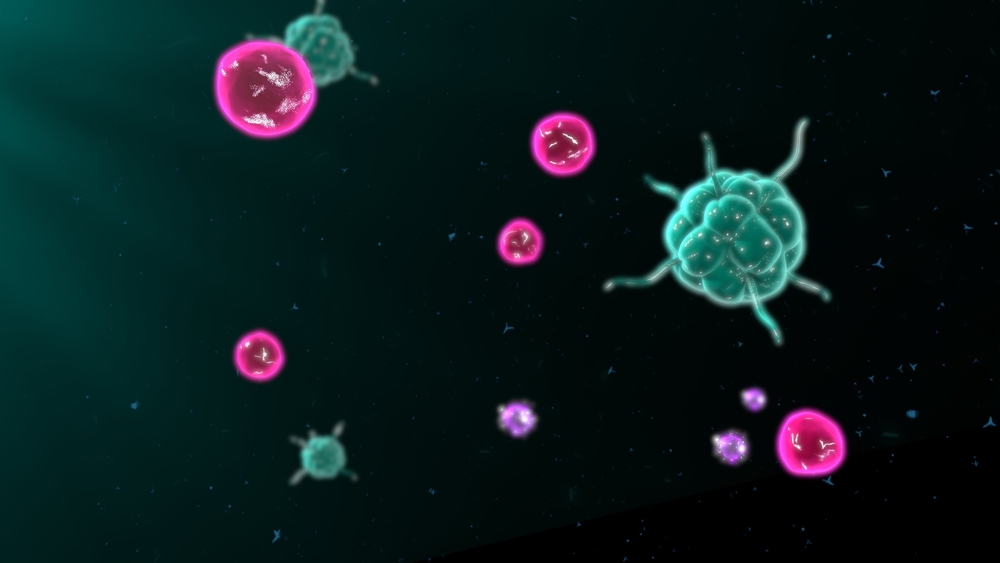Hair-like Structures on Cells Play Role in Batten Disease Development, Mouse Model Shows
Written by |

Disruption of cilia, hair-like structures extending from the surface of cells, may play a role in Batten disease pathology, a mouse study suggests.
The study, “Proteomics insights into infantile neuronal ceroid lipofuscinosis (CLN1) point to the involvement of cilia pathology in the disease,” was published in the journal Human Molecular Genetics.
Infantile neuronal ceroid lipofuscinosis (CLN1) occurs as a result of mutations in the gene that provides instructions for making the enzyme palmitoyl protein thioesterase (PPT1), which functions as a protein modifier to regulate their trafficking within the nervous system.
PPT1 also plays an important role in the normal function of cilia — hair-like structures that protrude from cells and play important roles in the development and normal function of the body. PPt1 may, therefore, also be a key regulator of cilia disruption that leads to CLN1.
To identify the role of PPT1 in normal cilia function and how it can be disrupted in CLN1, Weizmann Institute of Science researchers compared the total protein composition of cells from mice lacking the Ppt1 gene, i.e., a mouse model of CLN1, with the total protein composition of cells from normal mice.
This large-scale protein comparison, known as proteomics, is a very powerful tool to spot proteins that are different between two samples (diseased versus healthy, for example) and shed light on the molecular mechanisms involved in various diseases.
A total of 88 proteins were shown to be different between healthy samples and Batten samples, most of which were, either directly or indirectly, Ppt1 targets. Of note, many are associated with known neurodegenerative disease pathways.
Further analysis revealed that one of the proteins affected, Rab3IP, is a key regulator of cilia formation. Microscopic analysis revealed that cells lacking Ppt1 actually no longer had cilia, indicating that PPT1 mutations can affect normal cilia structure and function.
According to researchers, CLN1 could therefore be considered a ciliopathy, which is a group of conditions characterized by malfunctioning cilia.




